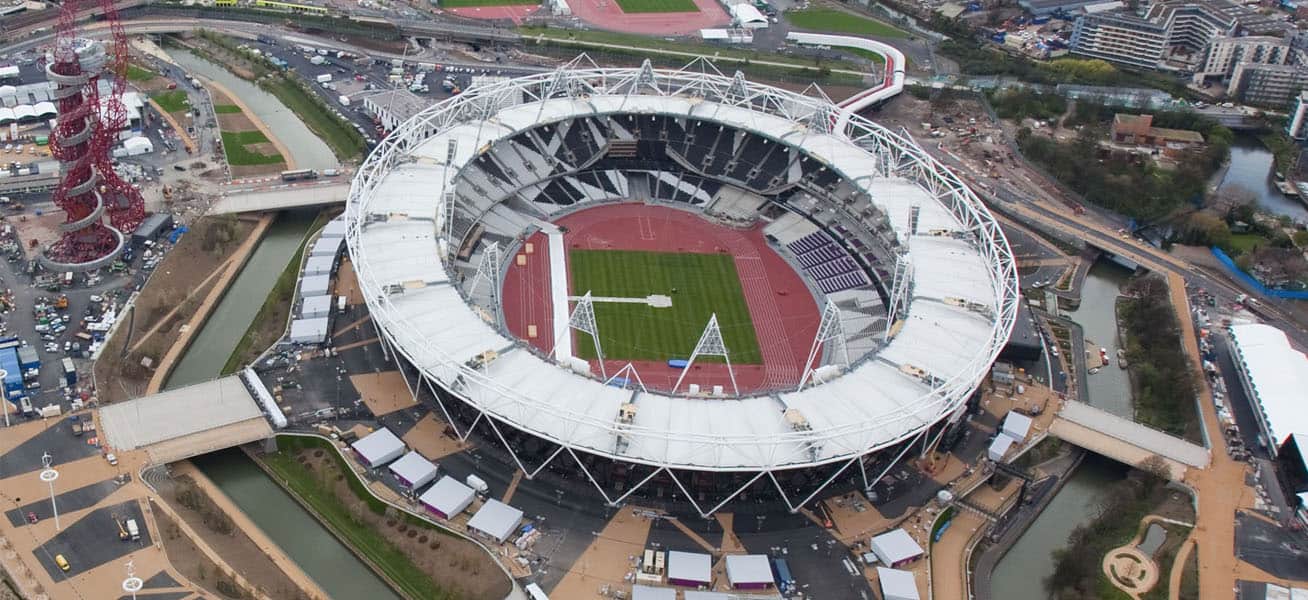Learning about business relationships from the London Olympic Stadium project
How important are business relationships during big projects? Find out in this post as we look at the London Olympic Stadium case study featured in Contract Management: Building Relationships in Business.
Can good relationships keep big projects on track? Find out in this post as we look at the London Olympic Stadium case study featured in Contract Management: Building Relationships in Business.

How do you build a stadium? Or, more accurately how do you build a stadium that is flexible enough to be moved after it’s used, one that’s impressive on a global stage, and one that’s safe, cost-effective and environmentally friendly?
This is the question that the team behind the the building of the London 2012 olympic stadium faced. They also faced a large number of companies being involved, a project that spanned the public and private sector, and an incredibly strict deadline – after all there’s no pushing the Olympic Games back. But despite these many challenges they did it. So we had a closer look at the case study on the project, to discover exactly how – and found four key things that kept this project running smoothly.
Collaboration has to happen from the very beginning
The nature of the project and how flexible the stadium had to be, meant all parties needed to be liaising from day one. This was achieved by having the client, contractor and designers share an office, and uniting all the various parties under a common brand: ‘Team Stadium’. This team then worked hard to keep all communication channels open and ensure regular meetings between all levels of staff to make sure the project was progressing as safely as possible.
Your team needs to be adaptable
With big projects change is inevitable – the scope of work might shift according to discoveries during the project or planning by broader committees. In this instance LOCOG (the London Organising Committee of the Olympic Games) decided the opening ceremony needed to be factored in at the beginning of construction of the stadium, rather than the end. The team had no choice but to adapt – but thanks to collaboration efforts and the strength of the team, these changes could proceed without affecting the overall timeline of construction.
Take care of the team, the team will take care of the rest
Ensuring Team Stadium were looked after was a key part of the project’s success as ‘a happier, better skilled workforce is more productive and works better together’. Some of Team Stadium were offered opportunities to improve their numeracy and literacy skills with classes provided on site. There were also regularly hosted talks from a variety of guest speakers and social events like charity quiz nights and a team Christmas dinner, plus bigger park-wide events.
Common processes and systems keep people working together
It’s hard to keep a project on track if everyone is using different tools and processes – you end up doing more administration and paperwork than actual work! During the Olympic project, not only where the client, contractor and designers all located in the same office, everyone in Team Stadium used a common document management ensuring their was no confusion.
Want to learn more about the impact of relationships on business?
Join Contract Management: Building Relationships in Business today.
(to read the case study in full check out Step 1.9 on week 1 of the course)




